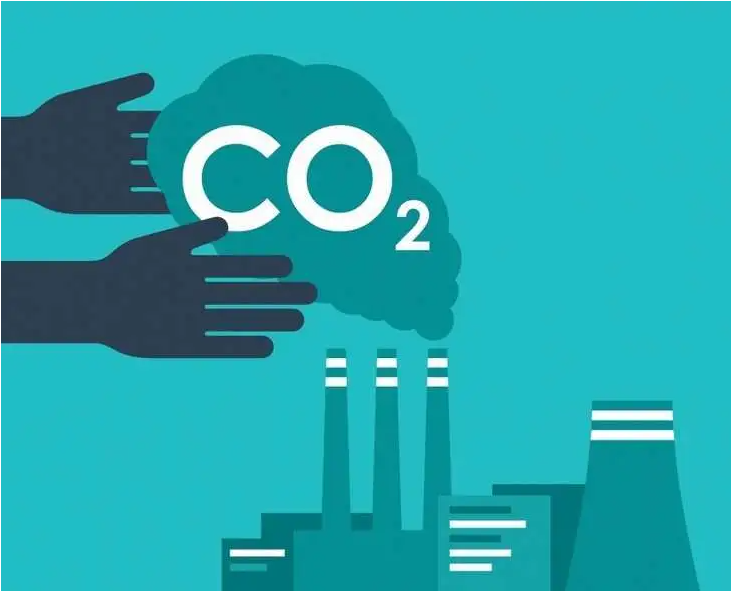
This unique approach, which researchers call agro-sequestration, keeps the buried biomass dry with the aid of salt to suppress microbial activity and stave off decomposition, enabling stable sequestration of all the biomass carbon.
The result is carbon-negative, making this approach a potential game changer, according to Eli Yablonovitch, lead author and Professor in the Graduate School in UC Berkeley’s Department of Electrical Engineering and Computer Sciences.
We’re claiming that proper engineering can solve 100% of the climate crisis, at manageable cost. If implemented on a global scale, this carbon-negative sequestration method has the potential to remove current annual carbon dioxide emissions as well as prior years’ emissions from the atmosphere.
—Eli Yablonovitch
Unlike prior efforts toward carbon neutrality, agro-sequestration seeks not net carbon neutrality, but net carbon negativity. According to the paper, for every metric ton (tonne) of dry biomass, it would be possible to sequester approximately 2 tonnes of carbon dioxide.
The idea of burying biomass in order to sequester carbon has been gaining popularity, with startup organizations burying everything from plants to wood. But ensuring the stability of the buried biomass is a challenge. While these storage environments are devoid of oxygen, anaerobic microorganisms can still survive and cause the biomass to decompose into carbon dioxide and methane, rendering these sequestration approaches carbon-neutral, at best.
But there is one thing that all life forms require: moisture. This is measured by “water activity,” a quantity similar to relative humidity. If internal water activity falls below 60%, all life comes to a halt—a concept underpinning the UC Berkeley researchers’ new agro-sequestration solution.
There are significant questions concerning long-term sequestration for many of these recently popularized nature- and agriculturally-based technologies. The agro-sequestration approach we’re proposing can stably sequester the carbon in dried salted biomass for thousands of years, with less cost and higher carbon efficiency than these other air capture technologies.
—Harry Deckman, co-author and a researcher in the Department of Electrical Engineering and Computer Sciences
In addition to offering long-term stability, Yablonovitch and Deckman’s agro-sequestration approach is extremely cost effective. Together, the agriculture and biolandfill costs total US$60 per tonne of captured and sequestered carbon dioxide. (By comparison, some direct air capture and carbon dioxide gas sequestration strategies cost US$600 per tonne.)
The researchers have compiled a list of more than 50 high-productivity plants capable of being grown in diverse climates worldwide and with dry biomass yields in a range from 4 to more than 45 dry tonnes per hectare. All have been selected for their carbon-capturing abilities.
This solution also can scale without encroaching upon or competing with farmland used to grow food. Many of these biomass crops can be grown on marginal pasture and forest lands, or even on farmland that has remained fallow.
Farmers harvesting these biomass crops would dry the plants, then entomb them in a dry engineered biolandfill located within the agricultural regions, tens of meters underground and safe from human activity and natural disasters.
The researchers based their design of these dry tomb structures on current municipal landfill best practices, but added enhancements to ensure dryness, such as two 2-millimeter-thick nested layers of polyethylene encasing the biomass, a practice already used in modern landfills.
The landfill area would cover only a tiny portion—0.0001%—of the agricultural area. In other words, 10,000 hectares of biomass production could be buried in a 1-hectare biolandfill. In addition, the top surface of the landfill could be restored to agricultural production afterward.
The timeline for adoption of this carbon capture and sequestration method could be short, according to Deckman.
Yablonovitch and Deckman estimate that it would take about one year to convert existing farmland to biomass agriculture, but longer for virgin land that lacks the infrastructure needed to support agriculture. The biomass crops would be ready for harvest and sequestration within a growing season.
Using this approach, the researchers calculated that sequestering approximately half of the world’s greenhouse gas emissions—about 20 gigatonnes of carbon dioxide per year—would require agricultural production from an area equal to one-fifth of the world’s row cropland or one-fifteenth of the land area for all croplands, pastures and forests. According to their report, this amount of land is the same or less than the total area that many of the Intergovernmental Panel on Climate Change’s models for greenhouse gas reduction are considering for biomass production.